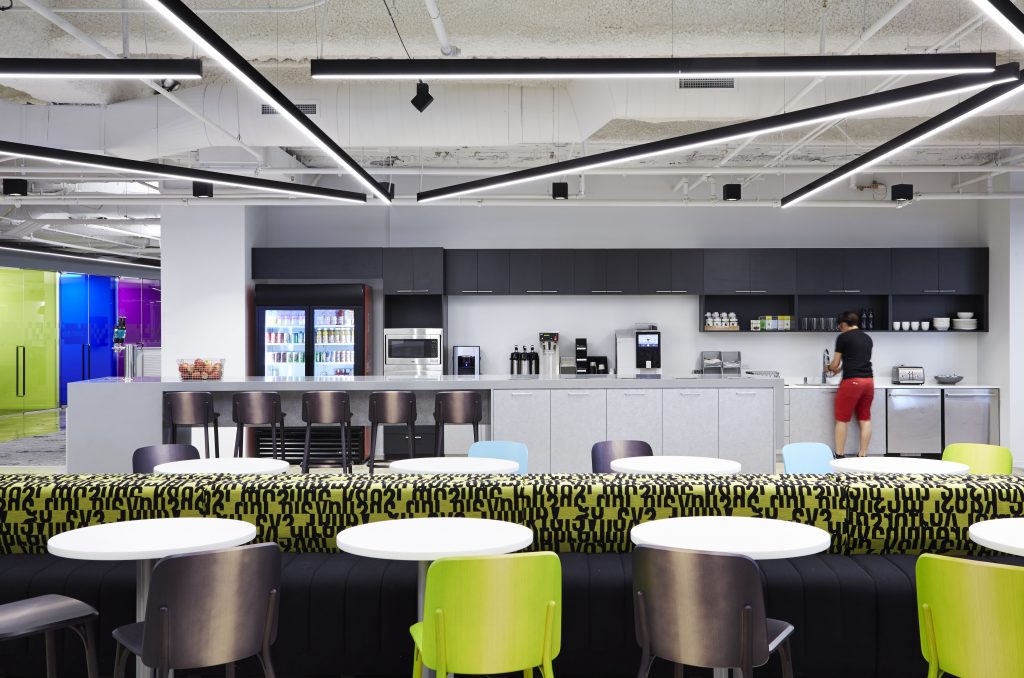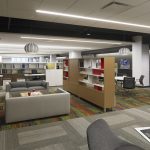Contractors Take a LEEDing Role in Green Building Projects

Green building projects are growing each year and the trend is showing no signs of slowing down. Between 2005 and 2014, the green construction industry skyrocketed from $3 billion a year to more than $80 billion (McGraw-Hill).
New green construction and retrofit projects can take many forms, from formalized programs like LEED, to merely adhering to statutory requirements like California’s Title 24, or just a desire to help the environment and save money with energy-efficient lighting and equipment.
Given how electricity touches nearly all aspects of a building, electrical contractors are well-positioned to take leading roles on green projects as both advisors and specifiers. Working with project engineers, electrical contractors can help find lighting solutions that limit wattage demands on a circuit, meet code, and earn LEED points, all while costing less money.
Green power and energy efficiency
LEDs are far and away the most energy-efficient light source on the market and a must for anyone serious about reducing their energy usage. Using LEDs can slash a facility’s electric demands by upwards of 75 percent.
When the Queens Museum in New York City upgraded the lighting in one of their galleries, energy usage plummeted by 90 percent. The City of Los Angeles trimmed their electric bills by 75 percent when they switched out their street lights with LEDs.
With these energy savings, it’s not a coincidence that you can’t spell LEED without L-E-D. LEED building certifications have certain energy performance thresholds and projects can earn up to 19 points for things like eliminating incandescent lighting, installing automatic lighting controls, and efficient exterior lighting with automatic dimming or shut-off sensors.
Controlling the lights
LEDs are completely dimmable and are even more energy efficient when dimmed. Installing dimming controls and automatic control systems (e.g. occupancy sensors, photosensors for daylighting) reduces a building’s energy draws and can also count towards LEED points.
When specifying lighting products, be sure to find out from the manufacturer if they are compatible with the controls you want to use.
Since LEDs have exponentially longer lifespans than previous generation light sources, it’s important to future-proof building owners’ lighting investments as much as possible. By choosing lighting manufacturers whose products are control agnostic, you can achieve that objective. If the lights are compatible with most or all controls on the market, then building owners can install and upgrade controls as needed, without investing in new lighting before the LEDs eventually wear out.
Limiting light pollution
Turning the night into day with bright lights impacts nocturnal animals—especially prey animals that use the darkness to hide from predators—as well as birds who use the moon for navigation. Limiting the glare from exterior lighting is worth one point towards LEED and it’s not hard to earn. Shielding lights—or even better, using light source that only shines down instead of up, down and around like a spherical bulb—solves this light pollution issue.
Lighting solutions that last
While not a LEED requirement, the spirit behind green construction also dictates that you should use the longest-lasting lighting solutions you can for the budget available. After all, if the lights break frequently or otherwise need regular replacement, that’s not a very environmentally friendly product. Plus, if the lights are poor quality and break all the time, that will result in quite a few costly callbacks for you.
To avoid callbacks, look for quality solutions with features like sealed optics and IP-ratings against ingress from water and dust.
Many of the LEED points an owner will need for certification come through site selection and architectural design, but it’s the last handful of points that are crucial to earning the certification. They are typically the hardest and most expensive to obtain, which is where your expertise comes into the project.
Electrical contractors are uniquely situated to guide clients in choosing energy-efficient lighting solutions that will complete the LEED certification needs and respect the project’s budget.
When contractors want the best in energy-efficient lighting, they opt for quality products from trusted manufacturers. As a leader in application-driven lighting innovation for more than 30 years, Amerlux has you covered! Learn more about Amerlux’s Value Line of lighting solutions for design-build construction.

